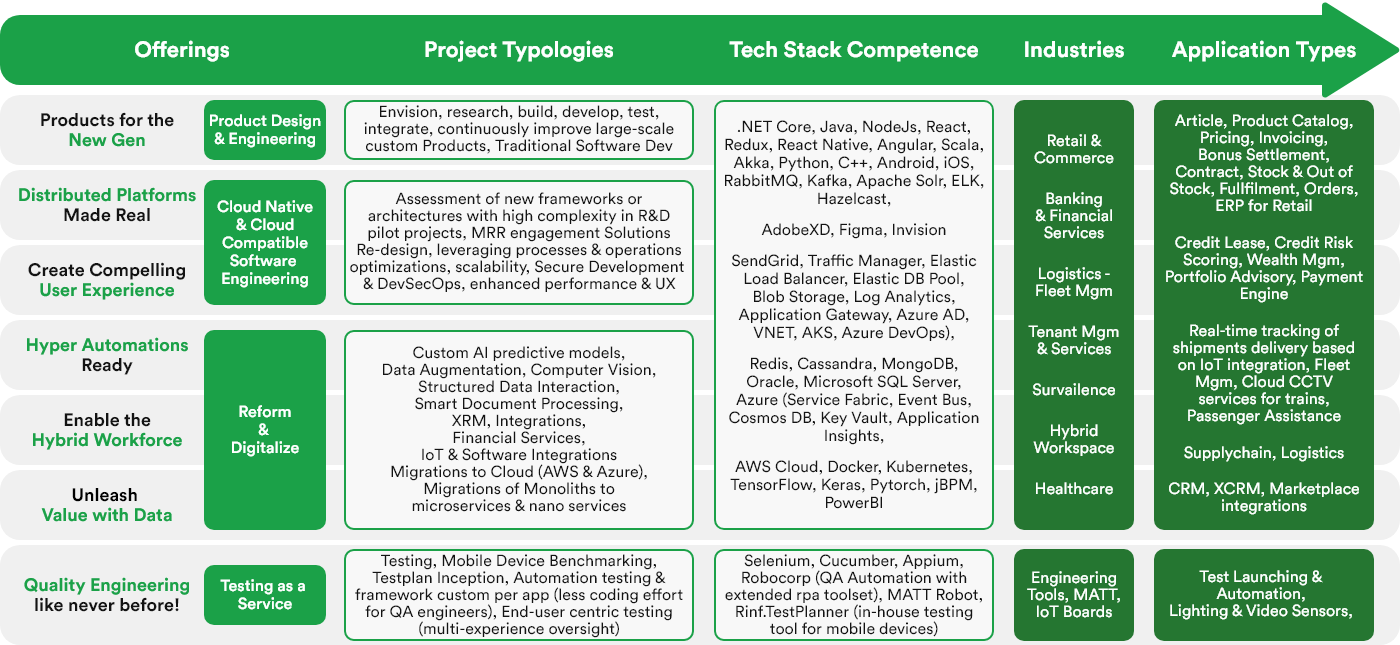
Unified XOps Strategy for Enterprise Agility
In this article, we’ll explore the current Ops landscape, why unifying these disciplines through XOps is so powerful, how to implement XOps successfully, and how it can unlock new levels of enterprise agility.






